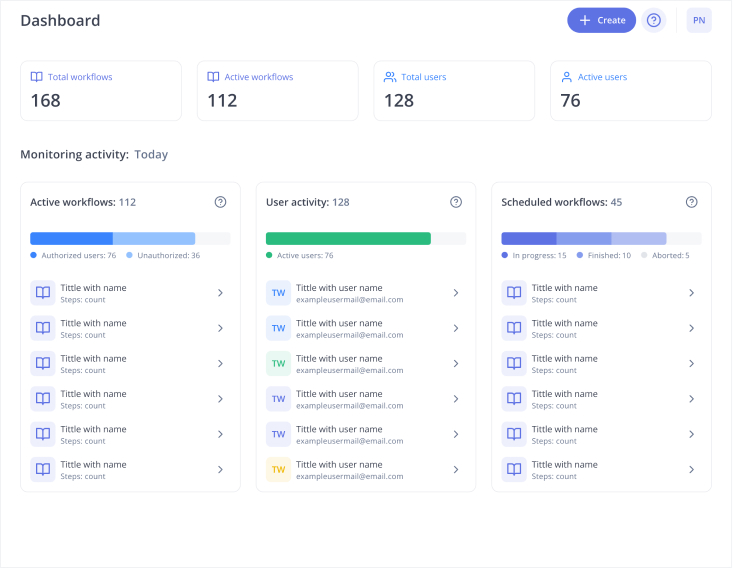Smart Manufacturing
Smart manufacturing isn’t just a catchword – it’s the backbone of the ongoing digital transformation in the manufacturing industry. As companies look to get more efficient, agile and competitive, smart factories with intelligent manufacturing technologies are setting the new standard. This article goes deep into what smart manufacturing really is, how it compares to traditional manufacturing and how it’s changing manufacturing globally.
What is Smart Manufacturing?
Smart manufacturing is the integration of digital technologies into manufacturing systems to create more connected, efficient, and intelligent production environments. At its heart it’s Industry 4.0 combined with smart automation, data analytics and the Industrial Internet of Things (IoT). This enables manufacturers to collect data, analyze it in real time and make informed decisions to optimize production and improve product quality.
Unlike traditional factories where decisions were often reactive and based on historical data, smart manufacturing systems use real time data from IoT devices, sensor data and edge computing to make proactive and predictive decisions. This means better machine performance, reduced energy consumption and less downtime through predictive maintenance.
From Traditional to Smart: The Digital Transformation Journey
The journey from traditional manufacturing to smart manufacturing is a big one. While traditional factories focus on mass production and repetitive tasks, smart factories are agile, responsive and can customise output based on customer demand.
Digital transformation isn’t just about new software or machines. It’s a complete overhaul of manufacturing systems, factory floor operations and business operations. This journey often starts with integrating IoT devices to collect data, then deploying advanced technologies like artificial intelligence, machine learning, digital twin models and additive manufacturing like 3D printing.
Core Smart Manufacturing Technologies
Smart manufacturing is built on the foundation of these key technologies:
- IoT and Industrial Internet of Things (IIoT): Connects machines, systems and human workers through smart devices to monitor and control manufacturing in real time.
- Edge Computing: Processes data where it’s created, reducing latency and enabling faster response on the shop floor.
- Artificial Intelligence & Machine Learning: Powers data analysis and predictive maintenance so manufacturers can optimize production.
- Digital Twin: A virtual replica of physical assets and processes to simulate, analyze and optimize performance.
- 3D Printing: Increases production flexibility and accelerates prototyping especially in smart manufacturing systems.
Benefits of Smart Manufacturing
Implementing smart manufacturing technologies delivers many tangible benefits:
- More Efficiency: Automation and real-time process control means you can eliminate bottlenecks and reduce waste.
- Better Product Quality: Advanced quality control systems and real-time monitoring means defects can be detected and fixed early.
- Predictive Maintenance: Prevents unplanned downtime by identifying potential failures before they happen using data analytics and machine learning.
- Supply Chain Optimization: With connected manufacturing supply chain managers get end-to-end visibility and can respond to disruptions in real time.
- Energy Savings: Smart systems monitor and reduce unnecessary energy consumption and save energy costs big time.
Smart Manufacturing in Action
Many smart manufacturing companies have already changed their production processes. For example, Schneider Electric’s smart factory solutions combine AI, IoT and real-time data to drive productivity and sustainability. Their approach to connected manufacturing is digital twin modeling, edge computing and enterprise resource planning integration for full visibility and control.
Another great example is Siemens, which uses intelligent manufacturing to track raw materials in real-time, optimize production efficiency and integrate industrial robots into the shop floor seamlessly.
Challenges and Considerations
While the benefits are huge, smart manufacturing is not without challenges:
- Data Security: With so much sensitive data being generated, robust cybersecurity is key.
- Integration Complexity: Integrating legacy manufacturing systems with innovative technology requires planning.
- Workforce Adaptation: Human workers need to be upskilled to work alongside smart machines and navigate data centric workflows.
Smart Manufacturing isn’t just for the Big Players
While large companies often lead the way in adopting smart factory solutions, small and medium sized enterprises (SMEs) are also finding smart manufacturing solutions. Modular platforms and cloud-based software make it easier for SMEs to join the digital transformation journey without massive capital investment.
Looking Ahead: The Future of Smart Factories
As smart manufacturing technologies advance, the future is looking even more autonomous and resilient. With augmented reality for maintenance and training, advanced asset management systems and AI driven decision making, factories are becoming self optimising systems.
And with customer demand for personalised products on the rise, smart production will be all about flexibility and speed. Smart factories will use real time data and digital twins to simulate changes before they hit the factory floor, so transitions are smooth and downtime is minimal.
Conclusion
Smart manufacturing isn’t a trend – it’s a structural change in the industry. By adopting smart manufacturing solutions and using technologies like IoT, AI and edge computing, companies can transform their manufacturing processes, strengthen their supply chain, and meet the market’s dynamic demands.
The key is to see this as an evolution not a one-off upgrade. Manufacturing companies that get smart now will be better equipped to navigate future disruptions, optimize production and stay ahead in the Industry 4.0 landscape.
As we move forward, smart factories, intelligent manufacturing and connected manufacturing will no longer be optional – they’ll be the norm. And those who hesitate? Well, they’ll be making yesterday’s products with yesterday’s tools.
Simplify the way people work and learn at the frontline
See the industry-leading how-to platform in a 30-minute live demo.
Learn more
